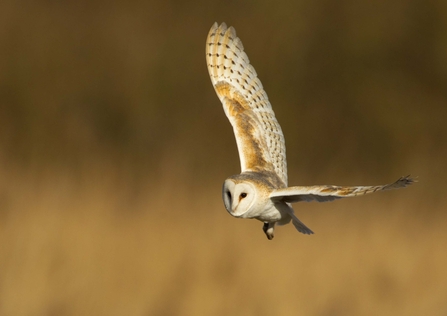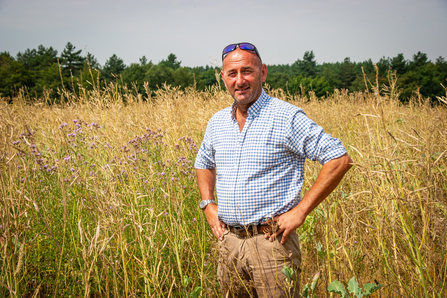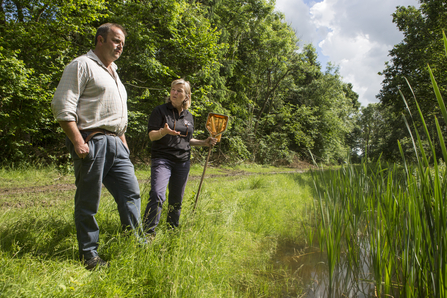A group of over 40 cereal farmers are proving that it is possible to help nature recover and make a profit.
A new report from The Wildlife Trusts shows how locally tailor-made farm wildlife plans devised by Wildlife Trust advisors with each farmer, are helping wildlife recover
In 2018, Jordans oat growers farmed over 15,500 hectares, providing almost 4,600 hectares for wildlife. Each farmer agrees to a minimum area equal to 10% of farmed land to be managed for wildlife. Birds such as linnets, butterflies like the silver-washed fritillary, and brown hares are returning to farms in the Jordans Farm Partnership; nature is thriving in their hedgerows, field margins and ponds, creating vital corridors to enable wild animals to spread out and move through the landscape.



